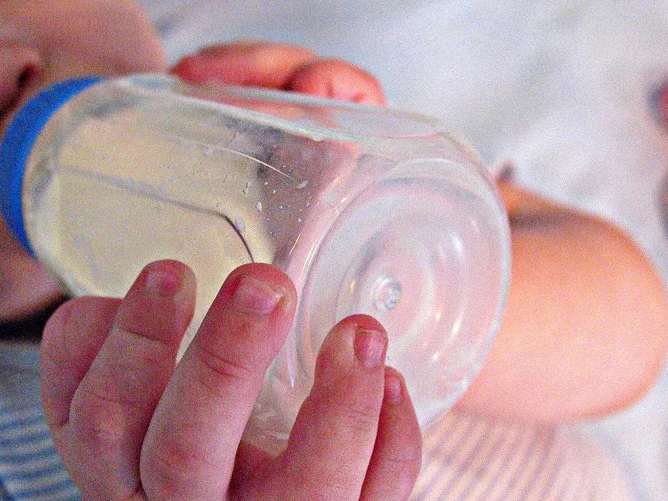
The Vireo Advisors blog brings you the latest news and developments in safe, sustainable and bio-based materials and products including novel foods and sustainable nanomaterials.
Plastic Pollution Gets Personal
For the first time plastic particles have been found in human blood. A paper published by authors from Vrije Universiteit Amsterdam in the open access journal Environment International on March 24 reports measurable levels in the blood of 17 out of 22 healthy volunteers.
U.S. Should Create National Strategy by End of 2022 to Reduce Its Increasing Contribution to Global Ocean Plastic Waste, Says NAS Report
A new report from the National Academies of Sciences, Engineering, and Medicine recommends that the U.S. establish a nationally coordinated and expanded monitoring system to track plastic pollution in order to understand the scale and sources of the U.S. plastic waste problem, set reduction and management priorities, and measure progress in addressing it.
Cell-cultured breastmilk: scientists want to give formula-fed babies another option
Researchers in the field of cellular agriculture are working to create cell-cultured breastmilk to serve as an alternative to formulas based on cows’ milk.
The US National Nanotechnology Initiative Presents “Assessing the Safety of Cellulosic Nanomaterials: A Conversation with Jo Anne Shatkin”
The National Nanotechnology Initiative (NNI) presents “Assessing the Safety of Cellulosic Nanomaterials: A Conversation with Jo Anne Shatkin” this week on their podcast "Stories from the NNI".
Vireo Advisors, LLC and collaborators publish review paper: “Food safety considerations and research priorities for the cultured meat and seafood industry”
Vireo Advisors in collaboration with New Harvest, IFF, and Mosa Meat have published a landmark publication reviewing the state of the science in safety of cell cultured meat and seafood products. As an initial step toward a thorough demonstration of safety, this review identifies hazards that could be introduced during manufacturing, evaluates applicability of existing safety assessment approaches, and highlights research priorities that could support safe commercialization.





